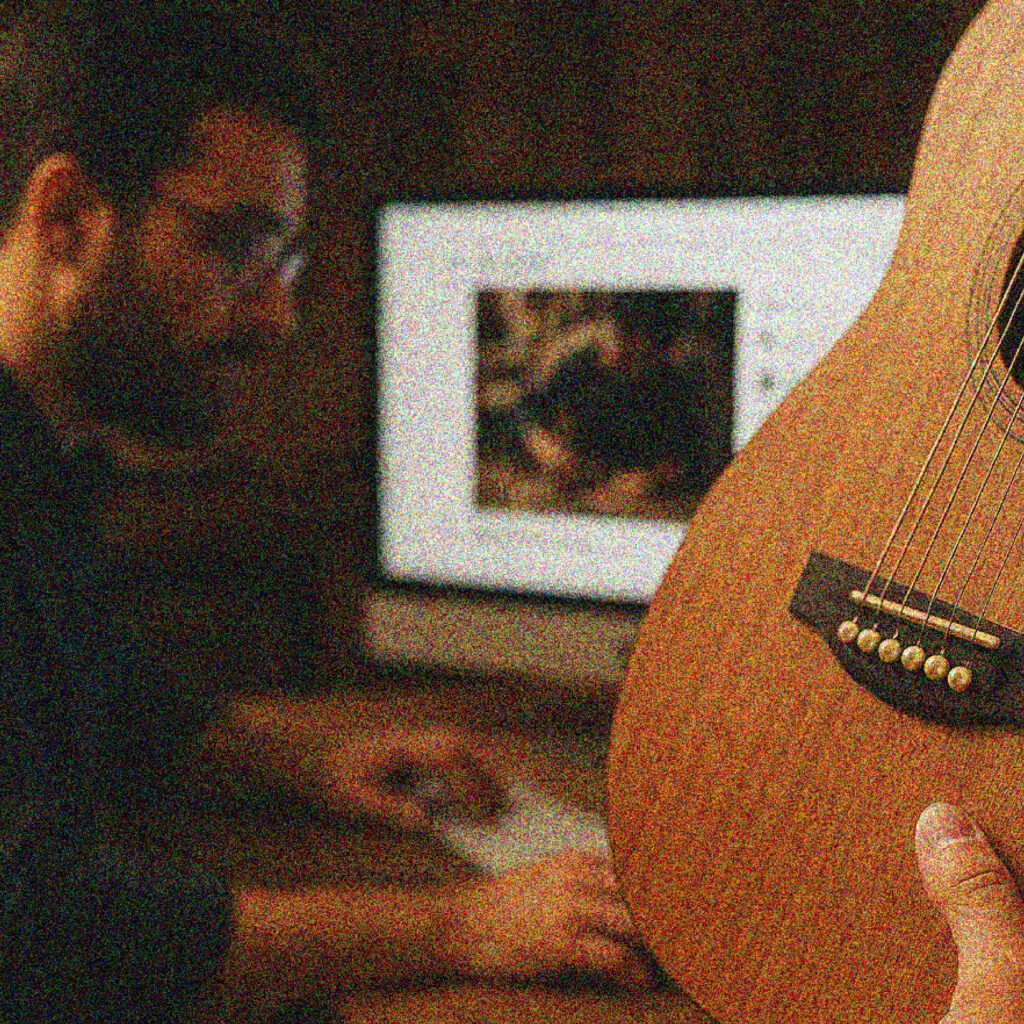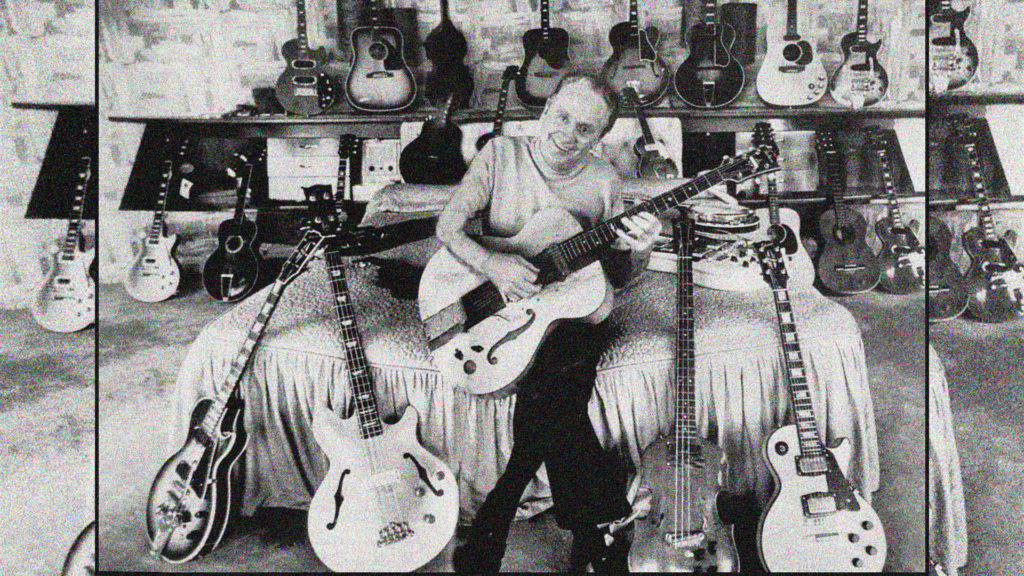Who Is Buying
Luthier-Made Instruments Today?
Changes in the Market
And New Opportunities for Luthiers
The musical instrument market is changing, and that’s not necessarily bad news. What recent times have taught us is that demand doesn’t disappear—it transforms. For luthiers, this means challenges, yes, but also new doors opening, new ways to sell, and new types of musicians eager to invest in their sound.
From Shops to Scrolling: The New Meeting Point
It’s no surprise that a large portion of sales has moved to the digital realm. What’s interesting is that Instagram, TikTok, and YouTube don’t just showcase instruments—they sell them. Luthiers who once relied on fairs, shared workshops, or local word of mouth now reach buyers in other provinces or countries. Many of these buyers aren’t collectors or professional musicians; they’re simply people who have decided to take their passion for playing seriously.
More Buyers Than Before… But Different
Instead of lamenting that professional musicians no longer buy like they used to, it’s worth looking at who does:
- Adult enthusiasts with purchasing power and an online buying culture.
- Young people learning through platforms like YouTube or Coursera who want an instrument that represents them.
- Independent artists who value handcrafted instruments because they seek to stand out.
What they have in common:
They want instruments with history, character, and purpose.
And they’re willing to pay for them.
The Rise of Customization
There’s an idea that has been gaining momentum: the instrument as an extension of the musician. In this context, luthiers offer something factories cannot: attentive listening, flexibility, and dialogue. More and more clients arrive with a clear vision—a specific wood, scale, or varnish—and seek someone who can bring it to life.
This is not a threat to the artisanal model; on the contrary, it’s an opportunity. Those who can understand their clients and maintain quality throughout the process have the market on their side.
Communication Is Also Part of the Craft

Today we have incredible tools to showcase our work: social media, newsletters, online stores, videos, even podcasts or blogs. But creativity is also needed to avoid sounding like everyone else. Artisanal work cannot be communicated with cookie-cutter formulas. Just as every instrument carries your signature, the way you tell your story should have its own style.
And for that, it’s not a bad idea to get some help. Just as you know how to build an instrument with precision, there are people who know how to craft a communication strategy with the same care. Working with someone who understands your craft and can translate it into images, words, and channels is one of the best decisions you can make today.
An Industry Without Permission
No one needs permission to start selling an instrument on their own. In this, today’s market is more open than ever. There’s room for small projects, new ideas, for anyone who can build something that sounds good and communicates well. And above all, for those willing to show it.
The barriers to entry are lower. With a well-designed website, a carefully managed Instagram channel, and attention to detail, a luthier can make a living from what they build.
Is it easy? No. Is it possible? Yes.
The Future? More Direct, More Free, More Ours
The artisanal model isn’t going to disappear; it’s being reconfigured. And that’s the interesting part: no one can do it better than those who already know how to work with their hands and understand sound. As long as there are musicians seeking more than what mass production offers, there will be a market for luthiers. You don’t have to wait for perfect conditions—you have to be ready. The market isn’t broken; it’s in motion. And for those who know how to move with it, that’s great news.




